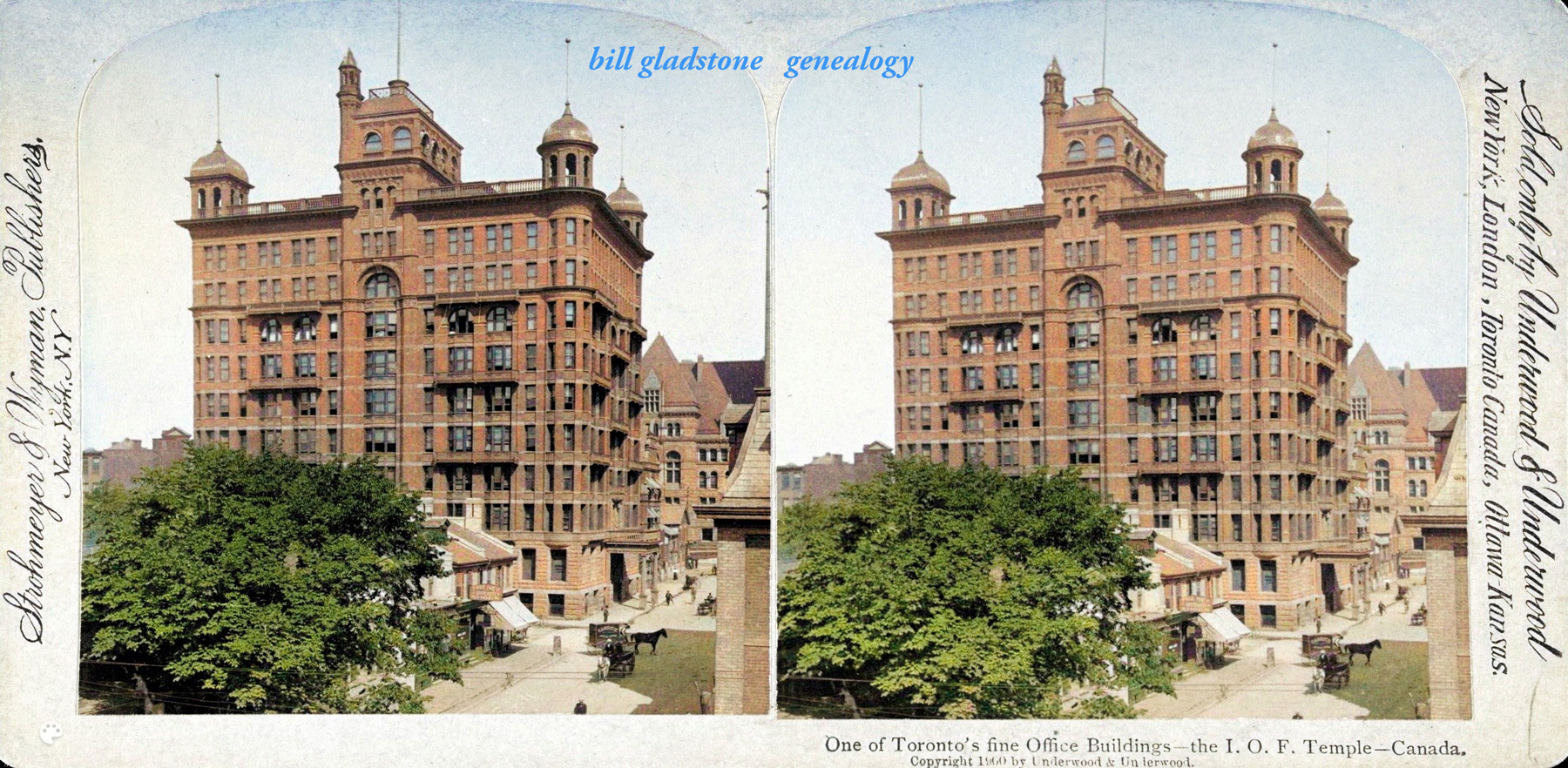One of the most interesting and unusual items pertaining to the Jewish history of confederate and pre-confederate Canada is a two-centuries-old diary in the custody of the National Archives of Canada.
The diary belonged to Samuel Jacobs, a European merchant whose ship, the Betsy, was known to have plied the St. Lawrence carrying trade goods from Quebec to Portugal even before the British victory over the French on the Plains of Abraham in 1759.
A well-educated man who knew English and French as well as Yiddish and Hebrew, Jacobs wrote some entries in his diary “in phonetic English and French written in the cursive Ashkenazic Hebrew script,” according to Louis Rosenberg, the late eminent demographer-historian.
A former research director of the Canadian Jewish Congress, Rosenberg mentioned the diary in a 1960 treatise, “Some Aspects of the Historical Development of the Canadian Jewish Community,” to illustrate an important point. It was his contention that, despite an assumption by many historians to the contrary, Jacobs and many other early Jewish traders in British North America were of Ashkenazic, not Sephardic, origin.
Regarding the United States, historians had long accepted three successive strata of Jewish immigration — Spanish-Portuguese, German, and East European. In the American Jewish community, the Sephardim had been dominant from roughly 1754 to 1840, the Germans from 1841 to 1920, the East Europeans concurrently from 1881 (1852 in some versions) to 1921.
Even though many Jews with Spanish- and Portuguese-sounding names were among our earliest settlers, Rosenberg challenged pioneer historian Clarence de Sola’s assumption that the early Sephardic Jews left a permanent mark on Canadian Jewish culture.
As Rosenberg noted, it was de Sola who asserted that most of the early members of the Montreal’s Shearith Israel Congregation, established 1768, were of Sephardic origin. Succeeding generations of historians “have accepted that statement unquestioningly, and have repeated or paraphrased it so frequently that it is now generally assumed that the majority of Canada’s earliest Jewish inhabitants really were the descendants of Spanish and Portuguese Jews,” he observed.
But Rosenberg noted that early Jewish arrivals with Spanish- and Portuguese-sounding names like Jacob de Maurera, Elias Seixas, Fernandez de Fonseca, Joseph Bindona, Emanuel de Cordova, Isaac Miranda, Hananiel Garca, Uriel Moresco and Manuel Gomez, did not settle here permanently.
“Many married non-Jews and left the Jewish community or returned to New York, Philadelphia or Newport, whence they had come, before the Shearith Israel congregation was founded in 1768,” he wrote.
Many later Jewish immigrants were mistaken for Sephardic because of their association with Shearith Israel, yet only one of 20 members mentioned in minute books between 1778 and 1780 was Sephardic, Rosenberg found; most later Jewish arrivals, including the famous Hart family of Trois Rivieres, were of Ashkenazic origin, he noted. The first Sephardic Jew to settle here permanently? According to Rosenberg, it was none other than Rabbi Abraham de Sola, the synagogue’s famed spiritual leader who assumed the post in 1847.
“So much for the legend of the Spanish and Portuguese Jews who are alleged to have been the earliest settlers in Canada and to have been the majority among the founders of the Spanish and Portuguese congregation in Montreal,” he wrote.
Contemporary historians who wish to challenge this conclusion would be hard pressed to find even one Jewish family that can boast of Sephardic roots extending back into British North America before 1800.
Related Reading: The Gate of Heaven: The Story of Congregation Shaar Hashomayim of Montreal, 1846-1996 (Queen’s University Press, 2000) by Rabbi Wilfred Shuchat is a masterful and extraordinarily thorough telling of the history of the large Montreal congregation. ♦
© 2004





